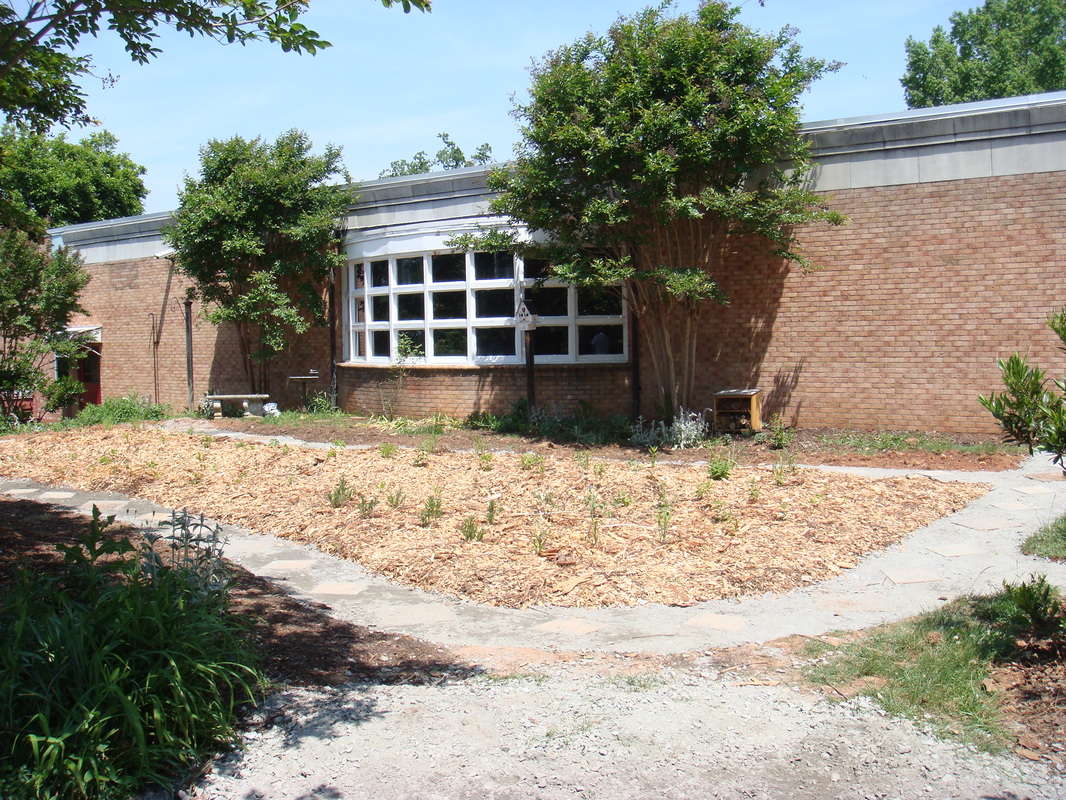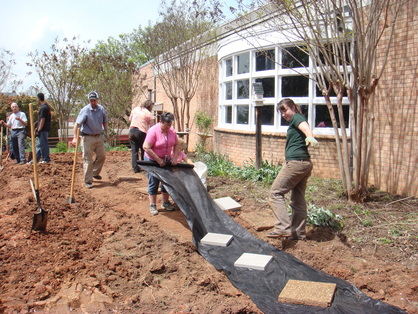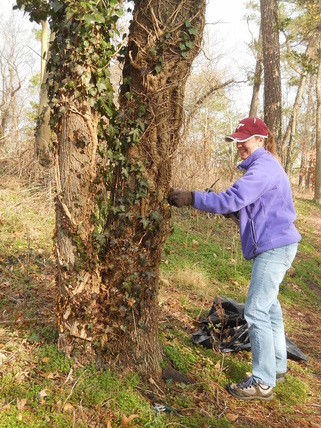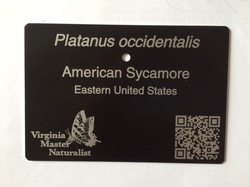From Our Sponsors – Experience the Bay at the State Fair
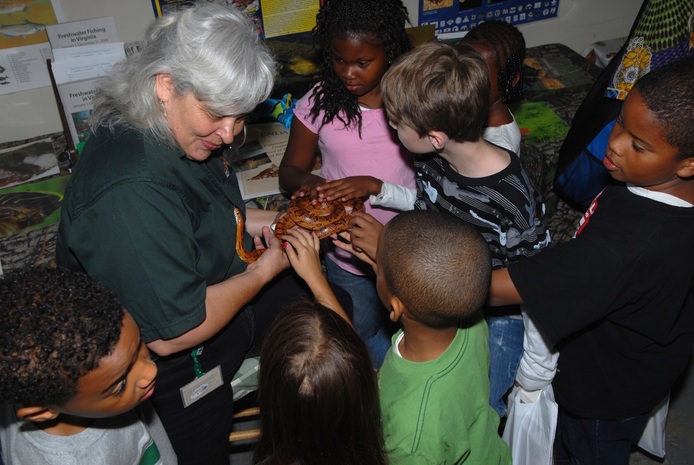 This fall VMN will work side-by-side with state natural resource personnel at the Virginia State Fair to help students and families experience Virginia’s Chesapeake Bay and natural resources. Please consider signing up.
This fall VMN will work side-by-side with state natural resource personnel at the Virginia State Fair to help students and families experience Virginia’s Chesapeake Bay and natural resources. Please consider signing up.
Photo by Department of Game and Inland Fisheries.
By Ann Regn, Virginia Department of Environmental Quality
At the State Fair of Virginia, September 25 – October 4, VMN sponsors and other state agencies are cooperating on a professionally-designed, multi-building exhibit called Living on the Water: Experience the Chesapeake Bay. Master Naturalists may sign up to guide State Fair visitors through displays about the ecology and resource management of the Chesapeake Bay watershed.
Employees from the Department of Conservation and Recreation, the Department of Environmental Quality, the Department of Forestry, the Department of Game and Inland Fisheries, the Department of Historic Resources, the Marine Resources Commission, the Soil and Water Conservation Districts, and the Virginia Museum of Natural History will also be volunteering at many of the stations in the exhibit, but need VMN volunteers’ help to share even more expertise and enthusiasm with visitors. There will be numerous stations that may be of interest to Master Naturalists, including topics such as native plants, watershed management, oyster ecology, conservation education, historic resources, and the Chesapeake Bay Agreement.
If there is a specific topic on which you would like to educate others, or if there is a topic that you want to avoid, please leave a comment. Effort will be made to accommodate your interests. Prior to the Fair you will have an opportunity to view a webinar and will receive talking points and background information for your station; therefore, previous experience with each topic is not required. Each volunteer will receive a parking pass, an entry ticket and earn 7 hours of volunteer hours (4.5 hours for work at the fair and 2.5 hours for prep and reporting). Please consider signing up for a shift at the State Fair—the Bay will thank you!
To sign up for a volunteer slot, go to http://www.signupgenius.com/go/20f0449aea62ea3f85-state and sign up before September 8.
From Our Sponsors – Experience the Bay at the State Fair Read Post »

